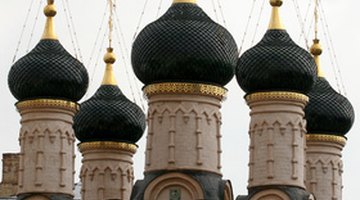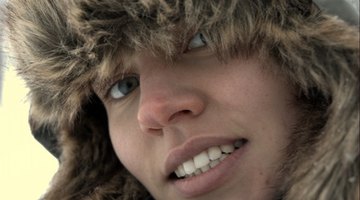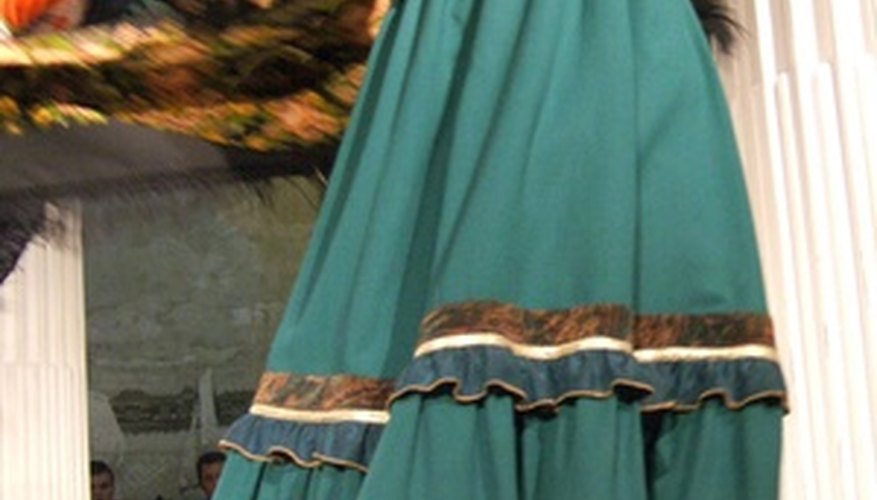Russia's dance history is steeped in legend, particularly the iconic dances associated with the folk song Kalinka-Malinka. The origin of the dance comes from the streets of Russia's cities and the kicking, jumping and acrobatics performed in them have delighted audiences from every culture for the last 200 years.
Misconceptions
Many believe that Kalinka-Malinka is a Russian folk song and dance with peasant beginnings. The song was not written until 1860 by composer Ivan Larionov as part of a theatrical entertainment. The dance has its origins much earlier than 1860 and was likely developed by travelling performers on the streets of Russian cities, like Kiev.
History

Russian history gives credit to a mason named Petro Preesyadka as being the creator of the "preesyadka" dance step. The "preesyadka" involves squatting quickly up and down, intermittently kicking out upon rising. The story goes that Petro Preesyadka spent quite a bit of time squatting during his masonry work. At the end of the day his knees were tired and he would stand outside squatting and stretching his legs in what looked like a dance. Preesyadka's dance was spotted by a top official who was so taken by it that he invited the mason to his palace.
- Russian history gives credit to a mason named Petro Preesyadka as being the creator of the "preesyadka" dance step.
Terminology
The dances accompanying the Kalinka-Malinka song are a series of varied steps depending on the choreographer, the region and the company performing them. "Drobushki" and "preepreezhki" are different types of hopping, "preesyadka" is squatting and "tchetchotka" is a tap-dance. Other steps include "the pistol," "the devil," "the goat" and "the ring," the names of these steps refer to what they look like.
Theories/Speculation

It is believed that the rambunctious nature of the Russian dance comes from a need to stay warm during the long winters. Mikhail Smrinov, artistic director and founder of Barynya in New York, begs to differ, "During cold winter times Russians are known to wear fur-coats and sheepskin coats. I happened to be in the Russian Army and can swear that wearing a heavy sheepskin coat won't even let you think about preesyadkees..." says Smirnov. He believes the originators were the "skomorokhi," or street performers who travelled from town to town performing dances in the street.
- It is believed that the rambunctious nature of the Russian dance comes from a need to stay warm during the long winters.
- Mikhail Smrinov, artistic director and founder of Barynya in New York, begs to differ, "During cold winter times Russians are known to wear fur-coats and sheepskin coats.
Effects
"Kalinka" translates into "little snowball tree," the lyrics are a tribute to love and nature. The dances are a celebration of life, love and human ingenuity. Russian people have adopted this popular song and dance as a symbol of their culture and the Kalinka-Malinka song is now all but inseparable from the folk dances of Russia.
